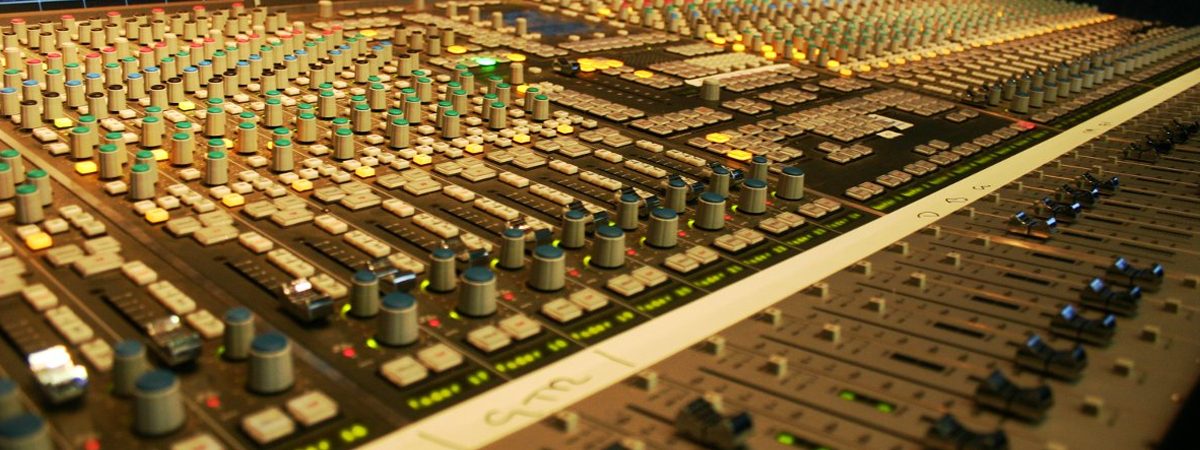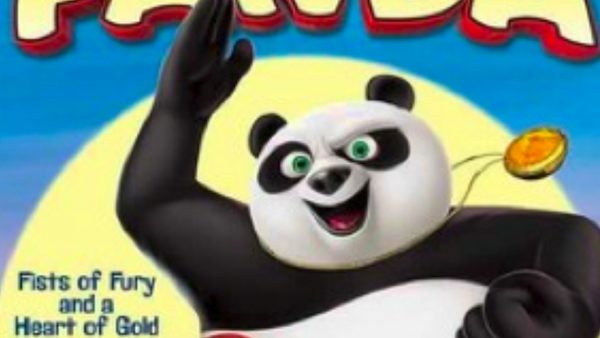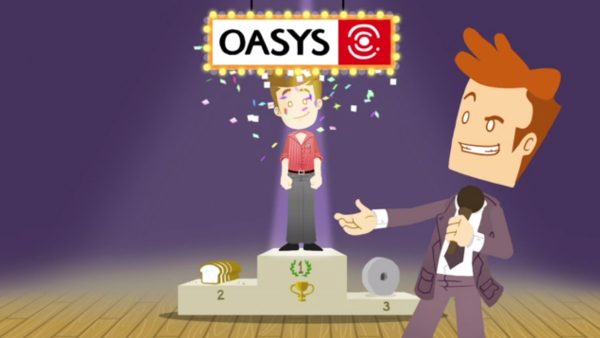This week we bring you a guest blog, from the hugely talented Lewis Cox. Lewis is a musician who has worked on several of our animations, and has composed tracks for some of the UK’s biggest attractions, including Legoland, Chessington World of Adventures and Thorpe Park. Approximately 16,000 people hear his compositions every day.
Today he’s discussing how to create music for animated films:
I’m not sure if there are any hard-fast rules when it comes to composing for animations. However, I have two self-imposed ones:
1) Never detract from the visuals
2) Always suit the style of the piece
Where composing for visuals differs from normal composition is that I want to accompany the video, not become the point of it. If the music is too busy or too ‘noticeable’ then I take focus away from the animation.
The projects I have worked with Slurpy Studios on have been mainly positive and feel-good pieces. Fresh, breezy rhythms and acoustic instruments are the order of the day, and I usually start to form melodies and styles once I have seen the storyboards. Is the story inquisitive? Confident? Confused? Enlightened? Then, when the animation has started to progress, I can begin to align my ideas with what is seen on screen.
Flexibility is key – the animation will rarely keep to the same timings throughout its development, so I am always ready to extend and cut sequences as required – which is something you would very rarely do when composing a piece of music outright.
Particular attention is given to the ending – its very often the case that the music ends slightly after the animation, so the way I finish is one of the impressions the viewer is left with.
After the music is complete, I restart from scratch with sound effects. These can come from a variety of different sources, including recording my own when that perfect sound is proving elusive to find!
Then I combine the music and sound effects together with any voice-over material and mix down the final soundtrack.
Every animation is different and requires different ways of tackling. But so long as the final result works as a cohesive whole and the visuals and sounds feel ‘made for each other’, then my job is done.


